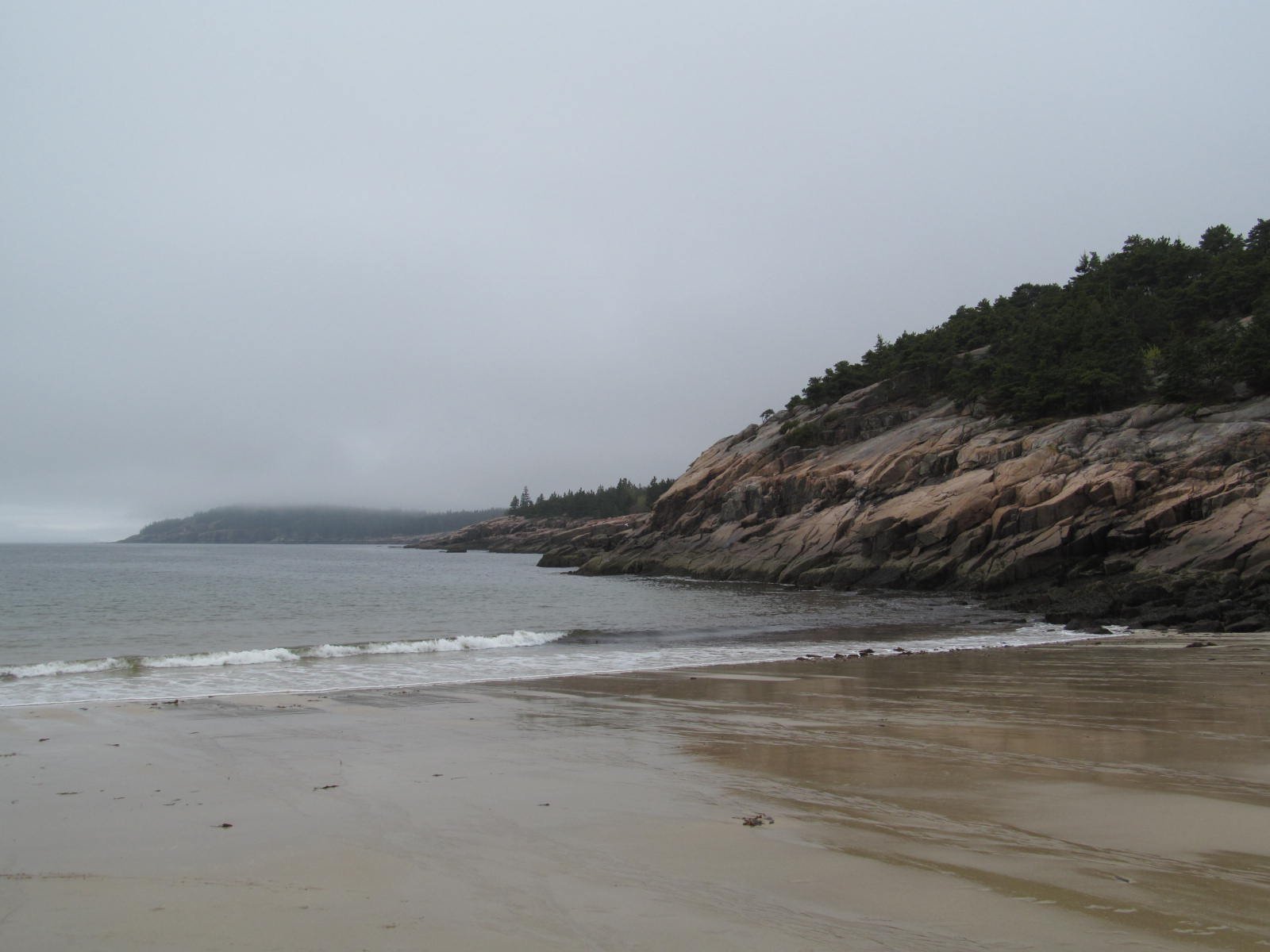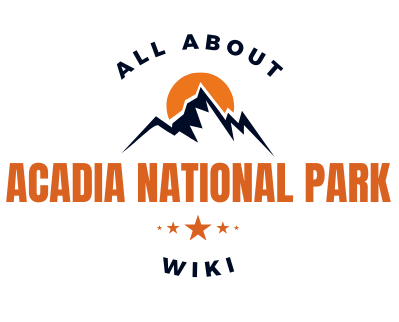Sunscreen is a crucial element for visitors to Acadia National Park. With its diverse landscapes, from rocky coastlines to mountain peaks, the park exposes visitors to intense UV radiation. Proper sun protection is essential for enjoying outdoor activities safely. This guide provides comprehensive information on choosing and using sunscreen effectively in Acadia National Park, ensuring visitors can fully appreciate the park’s natural beauty while protecting their skin.
What Are the Best Sunscreens for Acadia National Park?

When selecting a sunscreen for your Acadia adventure, consider the following characteristics:
- High SPF: Choose a sunscreen with SPF 50 or higher for maximum protection against UVB rays.
- Water Resistance: Opt for water-resistant formulas to withstand sweating and potential water activities.
- Broad-Spectrum Protection: Ensure the sunscreen protects against both UVA and UVB rays.
- Lotion Format: Lotions generally provide better coverage than sprays and are more cost-effective.
- Reef-Safe Formula: If planning water activities, choose a reef-safe sunscreen to protect marine ecosystems.
Here’s a table summarizing the key features to look for in a sunscreen for Acadia National Park:
| Feature | Recommendation |
|---|---|
| SPF | 50 or higher |
| Water Resistance | Yes |
| Format | Lotion |
| Spectrum | Broad (UVA + UVB) |
| Environmental Impact | Reef-safe |
How Should You Apply Sunscreen in Acadia National Park?

Proper application of sunscreen is crucial for effective protection. Follow these guidelines:
- Timing: Apply sunscreen 15-30 minutes before sun exposure.
- Quantity: Use approximately one ounce (a shot glass full) to cover all exposed skin.
- Coverage: Don’t forget often-missed areas like ears, back of neck, and tops of feet.
- Reapplication: Reapply every two hours, or more frequently if swimming or sweating heavily.
- Lip Protection: Use a lip balm with SPF for added protection.
What UV Protection Measures Are Recommended for Acadia National Park?
Acadia National Park experiences high UV index levels, especially during peak summer months. To ensure comprehensive protection:
- Use High SPF: Opt for sunscreen with SPF 50 or higher.
- Wear Protective Clothing: Use long-sleeved shirts, pants, and wide-brimmed hats.
- Seek Shade: Take breaks in shaded areas, especially during peak sun hours (10 am to 4 pm).
- Use Sunglasses: Protect your eyes with UV-blocking sunglasses.
- Consider UV-Protective Clothing: Some outdoor gear comes with built-in UV protection.
What Are the Unique Sunscreen Challenges in Acadia National Park?
Acadia’s diverse environment presents unique challenges for sun protection:
- Varied Terrain: From beaches to mountain trails, different areas may require different levels of protection.
- Limited Amenities: On remote trails, reapplication opportunities may be limited.
- Water Activities: Kayaking and swimming require water-resistant formulas and frequent reapplication.
- Reflection: Sun reflection from water and rocky surfaces can increase UV exposure.
- Changing Weather: Cloudy conditions can be deceptive; UV rays can still penetrate cloud cover.
How Can You Ensure Adequate Sunscreen Supply in Acadia National Park?
To maintain proper sun protection throughout your visit:
- Pack Extra: Bring more sunscreen than you think you’ll need.
- Variety of Formats: Consider bringing both lotion and stick sunscreens for different application needs.
- Check Park Stores: While it’s best to bring your own, park stores may have limited sunscreen supplies.
- Travel-Sized Options: Pack smaller containers for easy carrying during hikes.
- Share Responsibility: If traveling in a group, coordinate to ensure everyone has access to sunscreen.
What Are the Environmental Considerations for Sunscreen Use in Acadia?
Protecting the park’s ecosystem is as important as protecting your skin:
- Choose Reef-Safe Options: Even if not planning water activities, these are better for the environment.
- Avoid Aerosol Sprays: These can contaminate soil and water more easily than lotions.
- Apply Away from Water Sources: To prevent sunscreen from washing directly into water bodies.
- Dispose of Containers Properly: Use designated recycling or trash receptacles in the park.
- Consider Natural Shade: Utilize natural shade from trees when possible to reduce sunscreen use.
How Does Sunscreen Fit into the Overall Safety Plan for Acadia National Park?
Sunscreen is a crucial component of a comprehensive safety strategy for Acadia:
- Ten Essentials: Include sunscreen as part of the National Park Service’s recommended Ten Essentials for outdoor safety.
- Hydration Connection: Proper sun protection helps prevent dehydration and heat-related illnesses.
- Comfort for Activities: Preventing sunburn ensures you can comfortably enjoy all planned activities.
- Long-Term Health: Consistent sun protection during your visit contributes to long-term skin health.
- Emergency Preparedness: Include sunscreen in your emergency kit for unexpected extended sun exposure.
By following these guidelines for sunscreen use in Acadia National Park, visitors can ensure they’re well-protected against the sun’s harmful rays while enjoying the park’s stunning natural beauty. Remember, proper sun protection is key to a safe and enjoyable outdoor experience in Acadia.
References:
- https://jameskaiser.com/acadia-guide/packing/
- https://www.nps.gov/articles/10essentials.htm
- https://www.kuhl.com/borninthemountains/best-hikes-in-acadia-national-park

